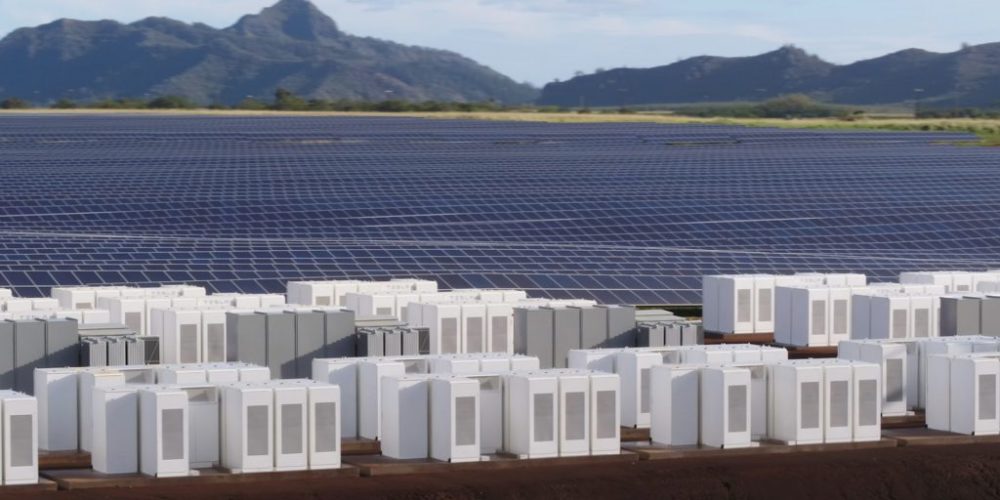Despite a heavy build-out of gas plants over the last two decades, the United States is moving solidly in the direction of an electricity grid dominated by renewable energy. And as we reach higher penetrations, the needs change. Some of the more forward-looking models suggest we’ll need on the order of 12 hours to three weeks worth of energy storage to move to an 80% and then 100% solar- and wind-powered grid.
A recently published report by the U.S. Department of Energy’s (DOE) Lawrence Berkeley National Laboratory (LBNL), Impacts of High Variable Renewable Energy Futures on Whole Electricity Prices, and on Electric-Sector Decision Making (PDF), shows that another affect will be aggressive downward pressure on wholesale electricity prices as solar and wind approach 50% of all electricity.

This top-line observation was heavily picked up by the energy press, and is already happening in a number of regions such as the Plains States and Texas, where wind is sinking wholesale power prices.
However, this is only the beginning of the changes that are explored in the report.
We’re all familiar with the duck curve, and it will come to be across all regions – instead of just California and New England. However, a lot more than just an evening peak will have to be dealt with.
The report suggests a shift from having an evening peak in pricing, to having both a morning and an evening peak – with the evening being more pronounced than it is now. The high wind regions have peak pricing in the early evening also, however its lower than solar’s peak and more of the pricing during the day is steadier.

Also occurring will be an increase in ancillary service prices, as well as an expansion of their needs, as renewables increase. And while these needs aren’t sufficient under current conditions to support a massive energy storage market on their own – note that a single Tesla 100MW/129MWh battery was able to take 55% of revenue in South Australia – they will drive a significantly bigger market than is seen today in the United States.

And not only will the periods of peak power and ancillary services needs become more expensive and deeper, we’ll also start to have “skinny peaks”. “Skinny” is of course relative. Instead of being from 11 AM till 9 PM, ten hours long, our peak needs will be 5 to 10 PM, and in some regions they’ll be tighter and taller than even California.

The broader essence though, is that everyone will start to look like California as solar and wind spread their wings. The result of this will be that “peak” power will become more valuable, and more needed. And since we’re rapidly moving towards a post-gas peaker plant world, this expanding market – bigger than the gas peaker market today – is going to be a revenue bounty for the once a day, four-hour lithium ion energy storage product range.
There is no escaping the cheap electricity that will be available during the day with heavy solar power penetration. This will also occur with wind power growth. The report suggests between 3% and 19% of hours in the high renewables region will be priced at $0/MWh. This will be a boon to energy storage developers, which will actually drive the price of the energy above $0/MWh simply because there will be significant market opportunity in soaking up that excess power and reselling it at higher-priced times.
In a way, the increasingly intermittent electricity production that comes from solar and wind drives a need for energy storage. And energy storage just so happens to thrive in a world that is created by the intermittent nature of renewables. As such, symbiotic mutualistic feedback loop will develop.
The report by LBNL really covers a broad swath of potential outcomes as a result of higher penetrations of wind and solar. Lower wholesale prices, more hours at $0/MWh, greater pricing variance at different times of the day, and ancillary service prices as much as nine times higher.

This is a fundamentally different market than exists today. And as the market incrementally shifts, the approaching zero marginal energy costs from sunshine and wind that have inspired much hand-wringing will end up being a driver of the broader value chain that comes out of the solar+wind+energy storage power grid ecosystem.
We are moving to a future of cheap electricity, to feed energy storage that has ample time and opportunity to make use of itself.
This content is protected by copyright and may not be reused. If you want to cooperate with us and would like to reuse some of our content, please contact: editors@pv-magazine.com.



Keep me updated please on energy storage and utility scale energy storage News. Thank You! Ray